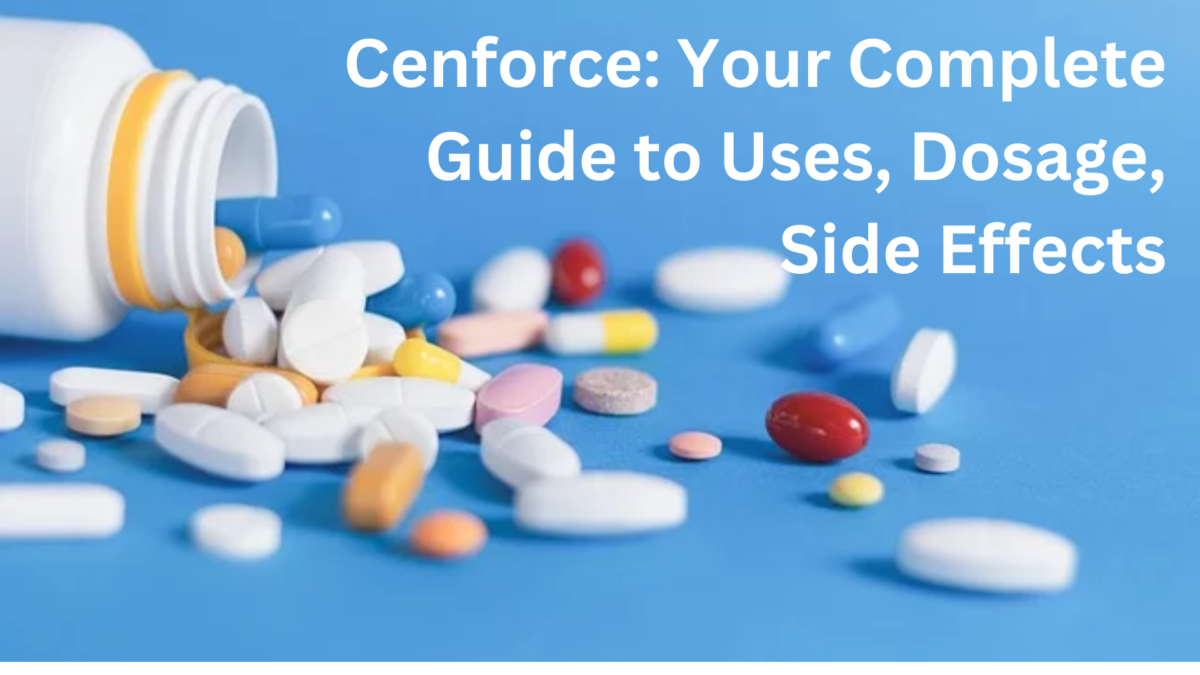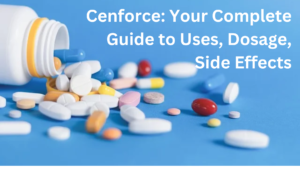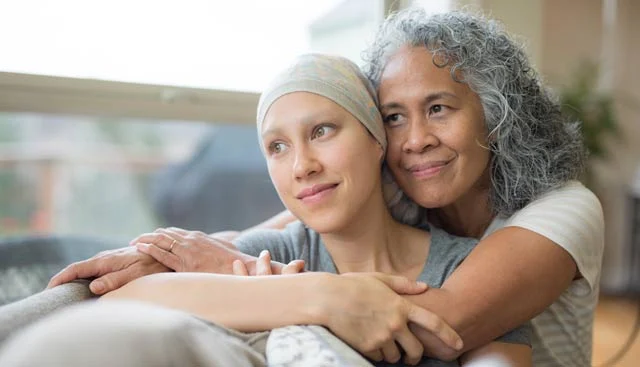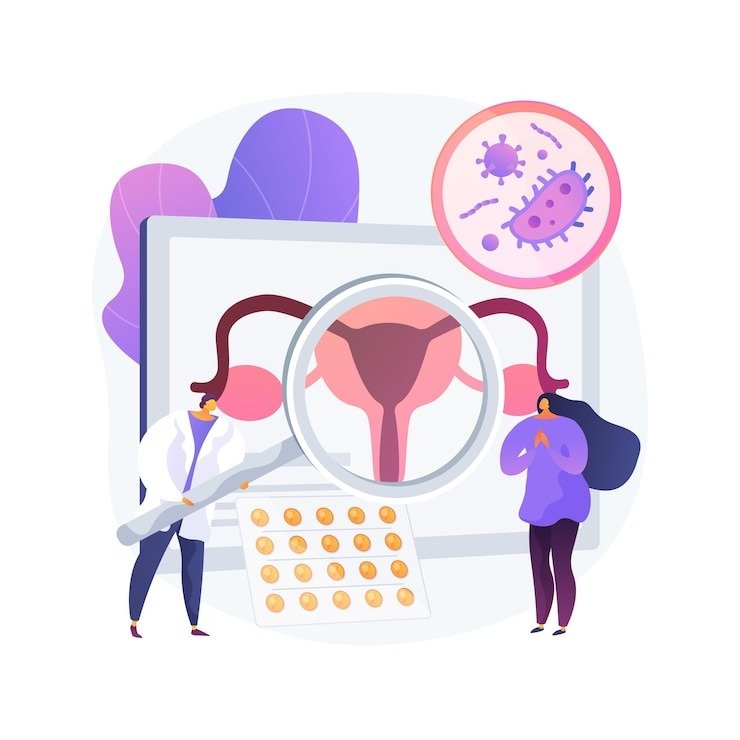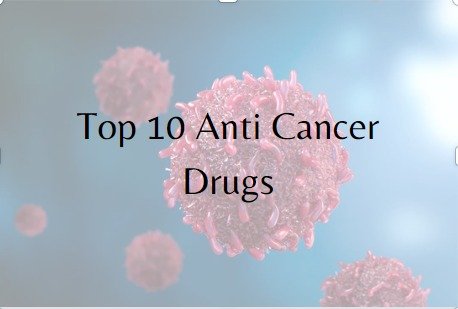
Top 10 Anti Cancer Drugs List | Chawla Medicos
Abirabuzz 250 mg
Abirabuzz 250 mg is an Anti Cancer Drugs used in the treatment of advanced prostate cancer. It belongs to the class of drugs known as androgen receptor inhibitors. Abirabuzz works by blocking the action of androgens (male hormones) and inhibiting the growth of cancer cells in the prostate gland. It is typically prescribed for patients with metastatic castration-resistant prostate cancer who have not responded to other treatments.
Side Effects: Common side effects of Abirabuzz 250 mg may include fatigue, nausea, diarrhea, joint pain, high blood pressure, and decreased appetite. Serious side effects such as liver problems, low blood cell counts, and allergic reactions are rare but possible. Anti Cancer Drugs
Dosage: The typical dosage of Abirabuzz 250 mg is one tablet taken orally once daily. It is usually administered in combination with other medications.
Benefits: Abirabuzz 250 mg is beneficial in the treatment of metastatic castration-resistant prostate cancer by inhibiting the growth of cancer cells and improving overall survival rates.
Sorabuzz 200 Mg
Sorabuzz 200 mg is a tyrosine kinase inhibitor indicated for the treatment of various cancers, including kidney cancer and gastrointestinal stromal tumors (GISTs). It works by blocking the action of specific proteins involved in the growth and spread of cancer cells. Sorabuzz is often used in combination with other medications or as a standalone therapy, depending on the type and stage of cancer.
Side Effects: Common side effects of Sorabuzz 200 mg may include diarrhea, fatigue, nausea, vomiting, high blood pressure, and decreased appetite. Serious side effects such as liver toxicity, heart problems, and bleeding may occur but are uncommon. Anti Cancer Drugs
Dosage: The recommended dosage of Sorabuzz 200 mg varies depending on the type and stage of cancer being treated. It is usually taken orally once daily.
Enzabuzz 40 Mg
Enzabuzz 40 mg is an anti cancer drugs used to treat metastatic castration-resistant prostate cancer (mCRPC). It belongs to a class of drugs called androgen receptor inhibitors. Enzabuzz works by blocking the action of androgens, which are male hormones that promote the growth of prostate cancer cells. This medication helps slow down the progression of the disease and may improve overall survival in patients with advanced prostate cancer.
Side Effects: Common side effects of Enzabuzz 40 mg may include fatigue, nausea, diarrhea, joint pain, and hot flashes. Serious side effects such as liver problems, blood clots, and heart rhythm disturbances are rare but possible.
Dosage: The typical dosage of Enzabuzz 40 mg is one tablet taken orally once daily. It is often administered in combination with other medications.
Benefits: Enzabuzz 40 mg is beneficial in the treatment of metastatic castration-resistant prostate cancer by blocking the action of androgens and slowing down the progression of the disease.
Lenvabuzz 4 Mg & 10 Mg
Lenvabuzz, available in 4 mg and 10 mg strengths, contains Lenvatinib and is used to treat various types of cancer, including thyroid cancer, renal cell carcinoma, and hepatocellular carcinoma. It is a tyrosine kinase inhibitor that works by blocking the action of specific proteins involved in the growth and spread of cancer cells. Lenvabuzz may be prescribed as a standalone treatment or in combination with other cancer therapies.
Side Effects: Common side effects of Lenvabuzz may include fatigue, diarrhea, hypertension, decreased appetite, and nausea. Serious side effects such as liver toxicity, heart problems, and bleeding may occur but are rare.
Dosage: The recommended dosage of Lenvabuzz varies depending on the type of cancer being treated. It is usually taken orally once daily.
Benefits: Lenvabuzz is beneficial in the treatment of thyroid cancer, renal cell carcinoma, and hepatocellular carcinoma by inhibiting the growth of cancer cells and reducing tumor size.
Palbojas (Palbociclib 125 Mg)
Palbojas 125 mg contains Palbociclib and is indicated for the treatment of hormone receptor-positive, human epidermal growth factor receptor 2-negative (HR+/HER2-) advanced or metastatic breast cancer. It is a cyclin-dependent kinase (CDK) 4/6 inhibitor that works by slowing down the progression of cancer cells. Palbojas is often used in combination with hormone therapy for the treatment of breast cancer.
Side Effects: Common side effects of Palbojas 125 mg may include fatigue, nausea, diarrhea, hair loss, and decreased appetite. Serious side effects such as low blood cell counts, liver problems, and blood clots may occur but are rare.
Dosage: The typical dosage of Palbojas 125 mg is one capsule taken orally once daily for 21 days, followed by 7 days off treatment. It is usually administered in combination with hormone therapy for breast cancer.
Benefits: Palbojas 125 mg is beneficial in the treatment of hormone receptor-positive, HER2-negative advanced or metastatic breast cancer by slowing down the progression of cancer cells and improving progression-free survival.
Sunitinib
Sunitinib is a tyrosine kinase inhibitor used to treat gastrointestinal stromal tumors (GISTs), advanced renal cell carcinoma (kidney cancer), and pancreatic neuroendocrine tumors (NETs). It works by blocking the action of specific proteins involved in the growth and spread of cancer cells. Suntinib may be prescribed as a first-line or subsequent therapy, depending on the type and stage of cancer.
Side Effects: Common side effects of Sunitinib may include fatigue, diarrhea, nausea, vomiting, skin discoloration, and high blood pressure. Serious side effects such as heart problems, liver toxicity, and bleeding may occur but are rare.
Dosage: The recommended dosage of Sunitinib varies depending on the type of cancer being treated. It is usually taken orally once daily on an empty stomach.
Benefits: Suntinib is beneficial in the treatment of gastrointestinal stromal tumors, renal cell carcinoma, and pancreatic neuroendocrine tumors by inhibiting the growth and spread of cancer cells.
Jastinib (Axitinib) 5 Mg
Jastinib 5 mg contains Axitinib and is indicated for the treatment of advanced renal cell carcinoma (RCC) that has not responded to other treatments. It is a tyrosine kinase inhibitor that works by blocking the action of vascular endothelial growth factor (VEGF) receptors, thereby inhibiting angiogenesis and reducing blood supply to tumors.
Side Effects: Common side effects of Jastinib (Axitinib) 5 mg may include fatigue, diarrhea, hypertension, decreased appetite, and nausea. Serious side effects such as liver problems, heart problems, and bleeding may occur but are rare.
Dosage: The typical dosage of Axitinib 5 mg is one tablet taken orally twice daily. It is usually administered in a continuous dosing schedule.
Benefits: Jastinib 5 mg is beneficial in the treatment of advanced renal cell carcinoma by inhibiting the growth of new blood vessels that supply oxygen and nutrients to cancer cells.
Abirapro
Abiraterone 250 mg tablets are anti cancer drugs used in the treatment of metastatic castration-resistant prostate cancer (mCRPC). It works by blocking the action of androgens, which are male hormones that promote the growth of prostate cancer cells. Abirapro may be prescribed as a standalone treatment or in combination with other medications, depending on the patient’s condition and treatment history.
Side Effects: Common side effects of Abirapro may include fatigue, diarrhea, nausea, vomiting, and joint pain. Serious side effects such as liver toxicity, low blood cell counts, and allergic reactions are rare but possible.
Dosage: The recommended dosage of Abirapro varies depending on the stage and severity of prostate cancer being treated. It is usually taken orally once daily in combination with other medications.
Benefits: Abirapro is beneficial in the treatment of metastatic castration-resistant prostate cancer by inhibiting the production of androgens and slowing down the growth and spread of cancer cells.
Ahabir
Ahabir 250 mg is indicated for the treatment of chronic myeloid leukemia (CML) and gastrointestinal stromal tumors (GISTs). It works by inhibiting the activity of the BCR-ABL tyrosine kinase, which is responsible for the uncontrolled growth of cancer cells. Ahabir is available in oral tablet form and is typically taken once daily.
Side Effects: Common side effects of Ahabir may include fatigue, diarrhea, nausea, hair loss, and decreased appetite. Serious side effects such as liver problems, low blood cell counts, and blood clots may occur but are rare.
Dosage: The typical dosage of Ahabir varies depending on the type of cancer being treated. It is usually taken orally once daily.
Benefits: Ahabir is beneficial in the treatment of chronic myeloid leukemia and gastrointestinal stromal tumors by inhibiting the activity of specific proteins that promote cancer cell growth.
Alecensa 150 Mg
Alecensa 150 mg contains Alectinib and is used to treat non-small cell lung cancer (NSCLC) that is caused by a specific genetic mutation known as ALK rearrangement. It is a tyrosine kinase inhibitor that works by blocking the action of the ALK protein, which is involved in the growth and spread of cancer cells in the lungs. Alecensa may be prescribed as a first-line or subsequent therapy for NSCLC.
Side Effects: Common side effects of Alecensa 150 mg may include fatigue, nausea, diarrhea, vomiting, and increased liver enzymes. Serious side effects such as lung problems, heart problems, and vision changes may occur but are rare.
Dosage: The recommended dosage of Alecensa 150 mg is one capsule taken orally twice daily. It is usually taken with food.
Benefits: Alecensa 150 mg is beneficial in the treatment of non-small cell lung cancer that is positive for the ALK gene mutation by blocking the action of the ALK protein and slowing down the growth and spread of cancer cells.
Anti Cancer Drugs List


